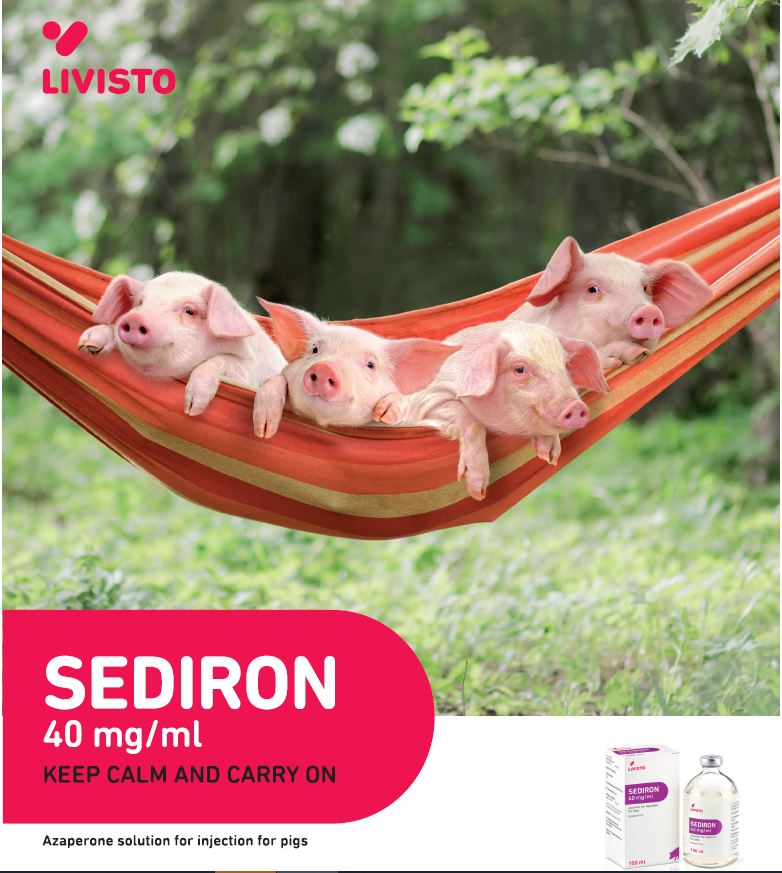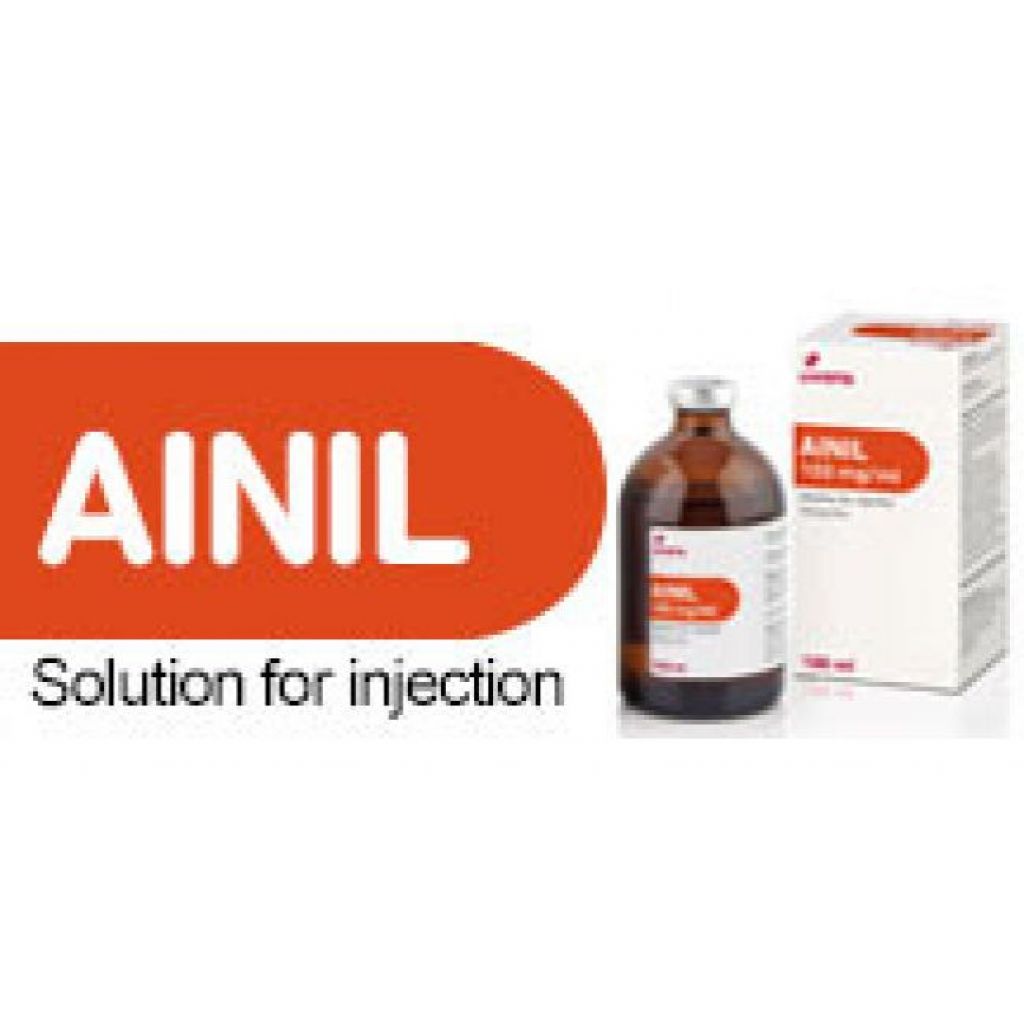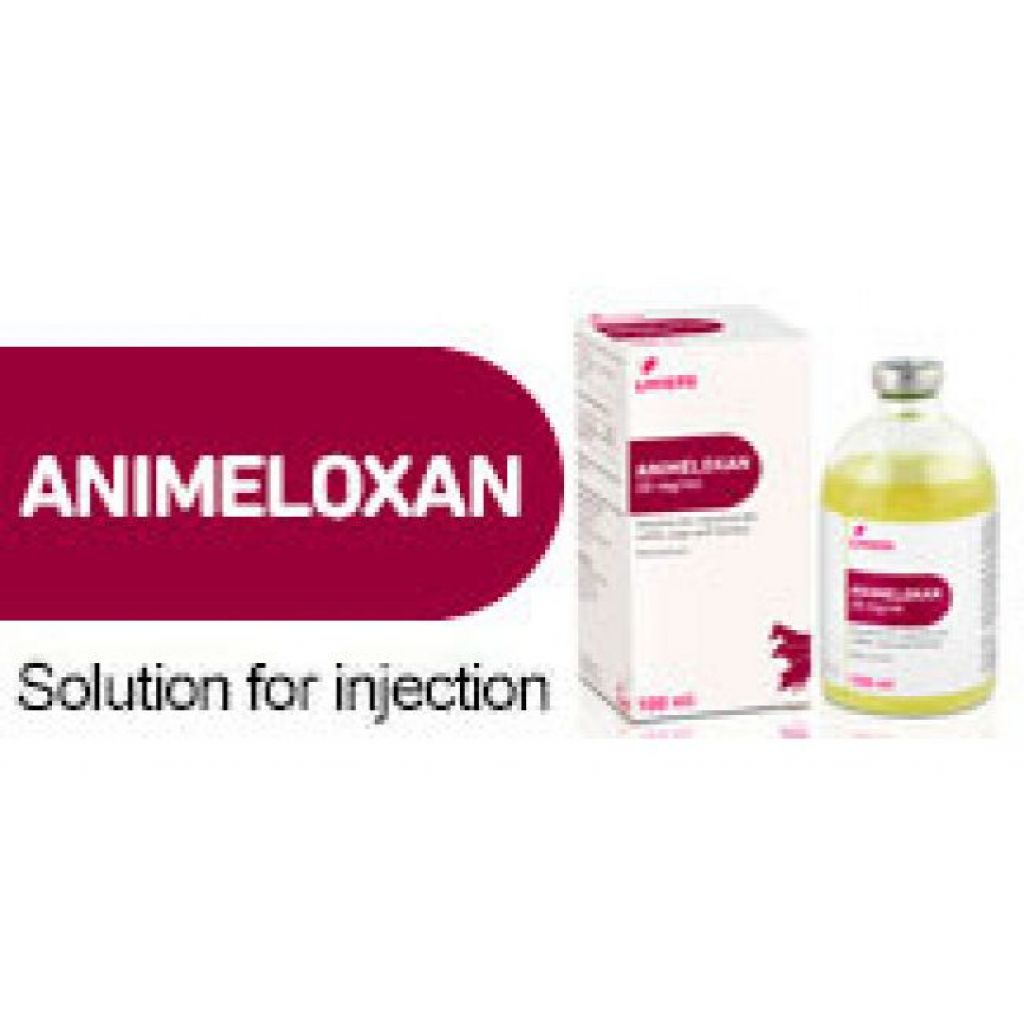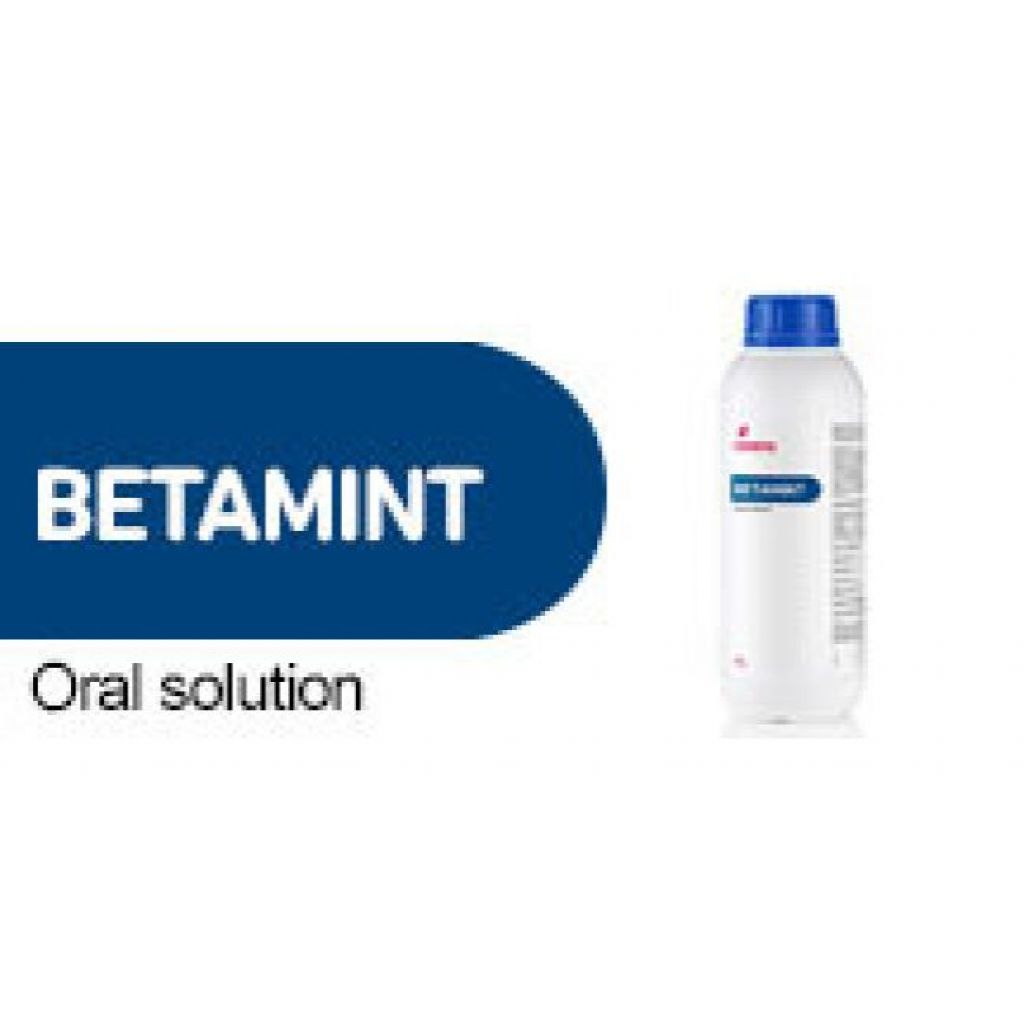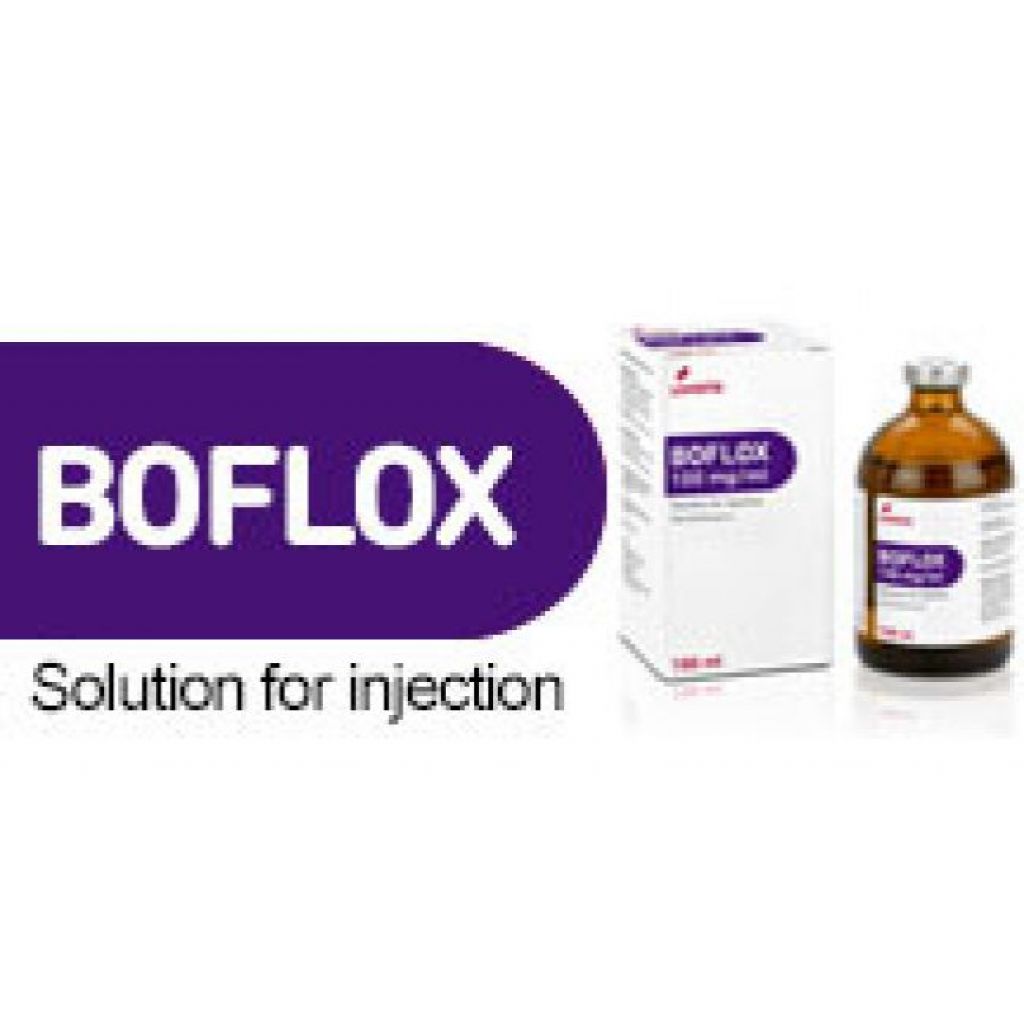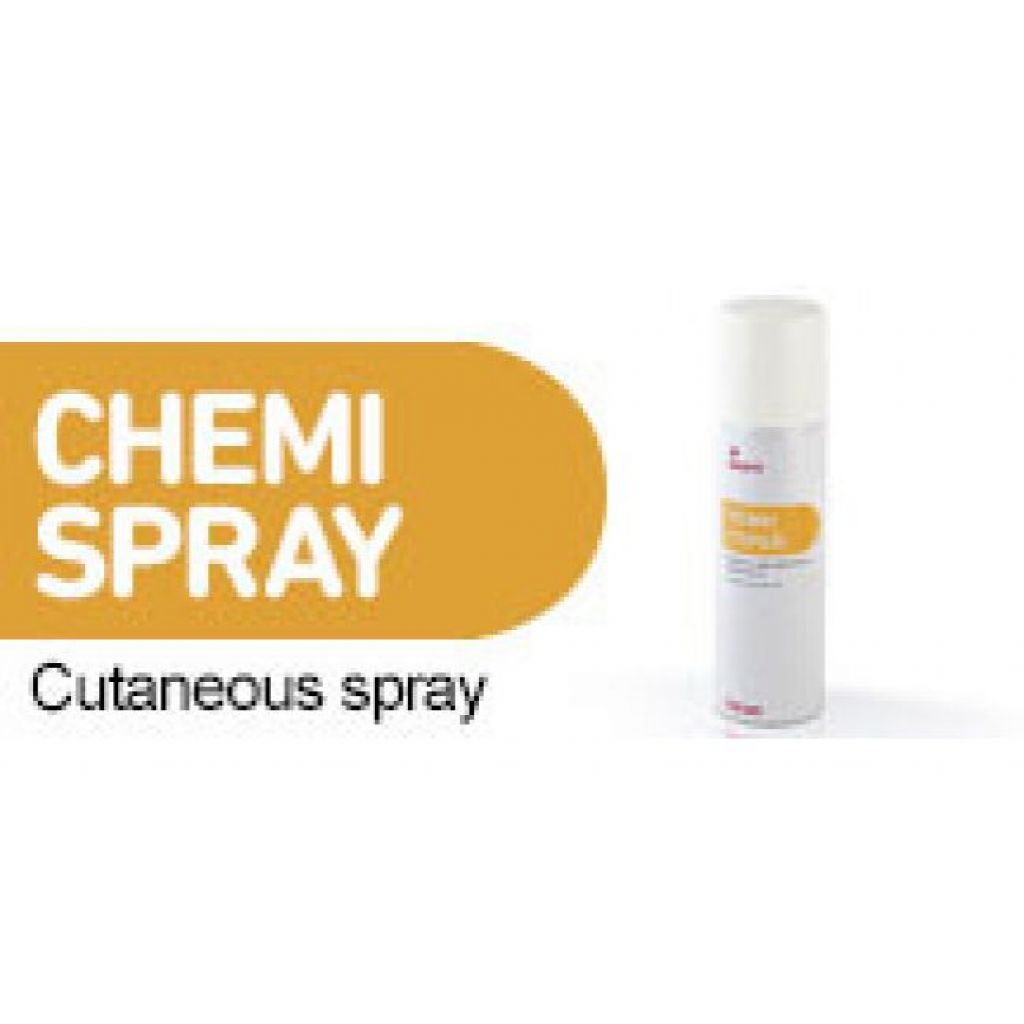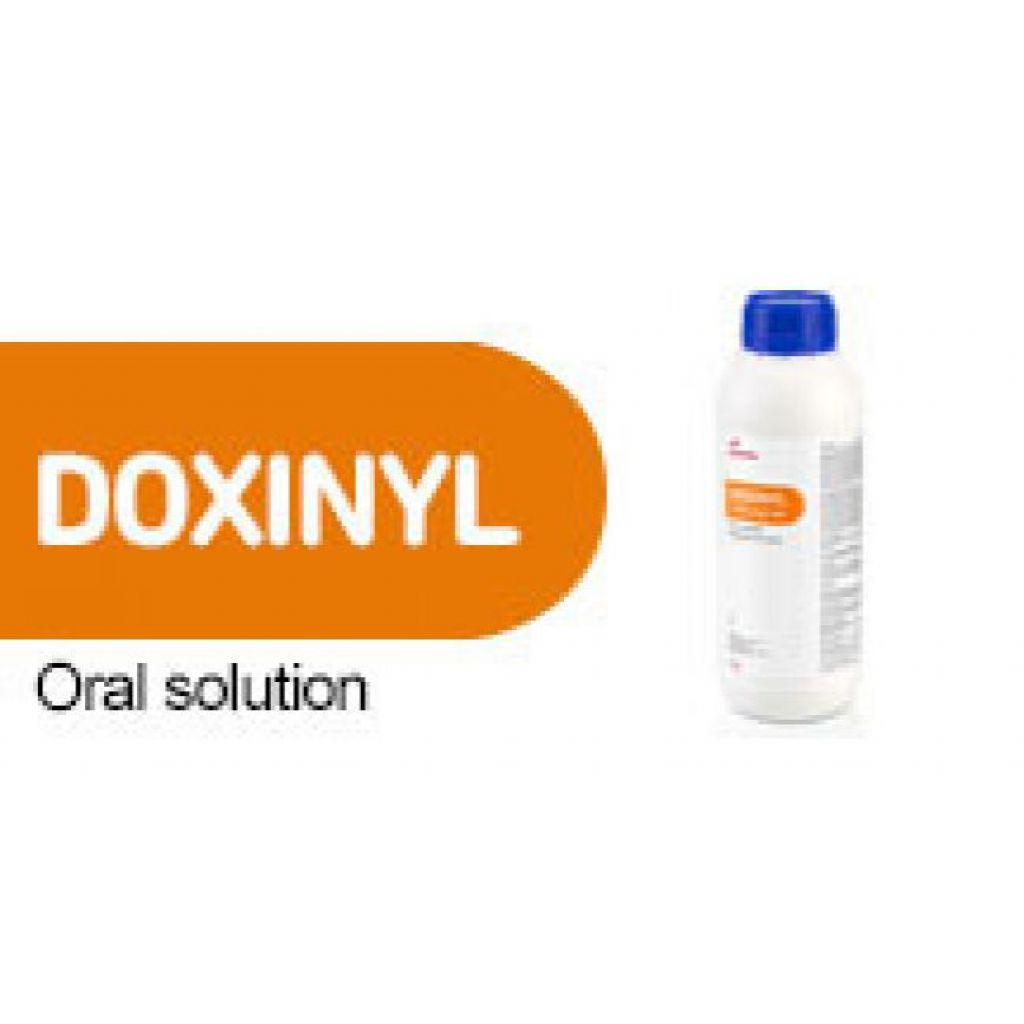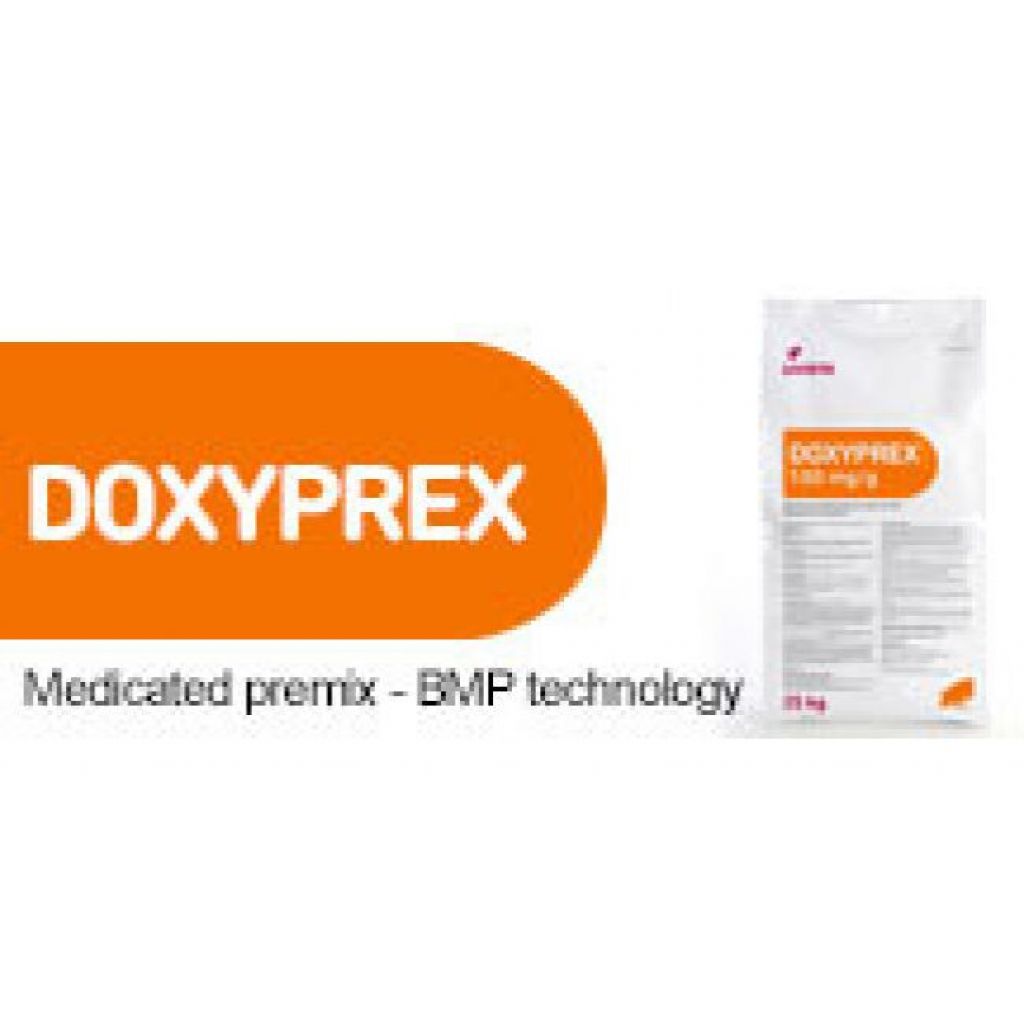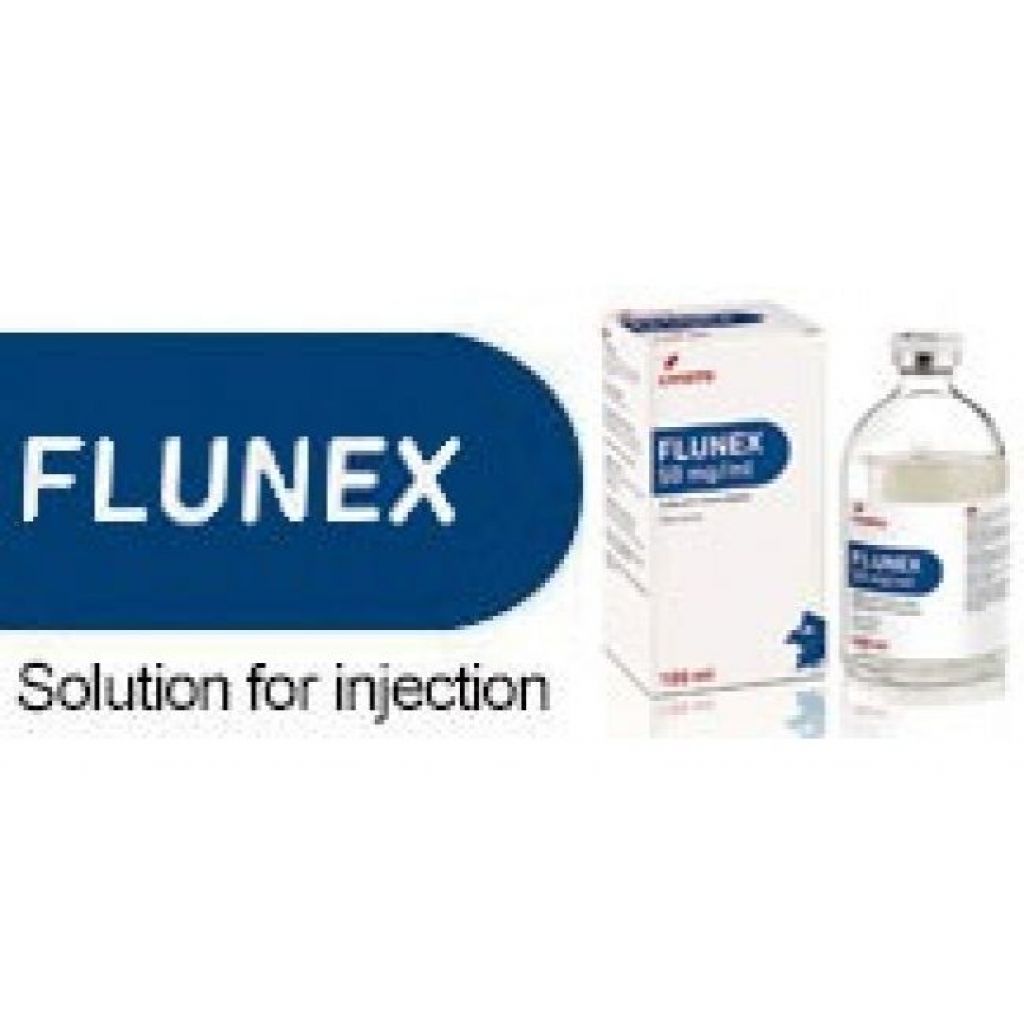Preventing hierarchical problems in pigs improves their welfare
Pigs are gregarious animals and the social structure is based in the dominant-subordinate relationship to establish hierarchy.
The reason behind this social organization is to fix an order of access to resources when these are limited, and it occurs right after mixing of unfamiliar animals, lasting from 24 to 48 hours.
As we anticipated in our previous article, in this one we are going to talk about the use of azaperone in order to prevent the consequences of hierarchical problems in pigs and sows.
Aggression in pigs
Fighting occurs especially during mixing of unfamiliar animals. Scarcity of key resources such as feed, water or space to rest will facilitate competition and fights. For example, when feed is limited, this will be first accessed by dominant pigs and followed by its subordinates (Llonch et al., 2017).
In a group of pigs, once hierarchy has been established, aggressions will decrease dramatically. However, when the group changes, hierarchy breaks down and the dominant-subordinate relationship needs to be re-established (Llonch et al., 2017). Mixing pigs is one of the most common situations that causes the disruption of hierarchy. In pig farming, fights after mixing can occur in several moments such as:
- Weaning piglets.
- Transport to other farms or the slaughterhouse.
- Group conformation of sows during gestation.
The degree of aggression in a group of pigs (Llonch et al., 2017) is determined by:
- Individual aggressiveness and temperament: animals that are more temperamental are more likely to be aggressive. Aggressiveness is a heritable trait and there are genes (NR3C1 and AVPR1B) that have been identified to be associated with this trait.
- Body weight: it influences the perception of an individual of its chances to win a contest. Therefore, heavier animals will be more self-confident and will engage more often in fights. In addition, aggressions are more intense as animals are more similar in body weight.
- Sex: because aggressive behavior is mediated by endocrine factors associated to sex, males are usually more aggressive than females.
Housing conditions (space and density) may also affect:
- Space: is a resource but can also be a facilitator of pig encounters, which can lead to events of fights.
- Density: high densities enable social interactions between pen mates, both positive and negative.
Welfare consequences
Aggressions have negative welfare consequences for the pigs (Llonch et al., 2017) such as:
- Injuries: resulting in negative impact on productivity and on pig welfare such as dyspnea, damage, and sometimes even death.
- Distress: especially during fight contests where there is a big mobilization of energy reserves. It causes immunosuppression, reducing the capacity of protection against infectious threats and increasing the risk of disease.
For example, research has shown the association between reductions of immunocompetence at weaning with an increase of gastrointestinal diseases such as diarrhea. Other effects of aggression-induced stress are the reduction of feed intake, and consequently a decreased growth (Llonch et al., 2017).
Lesions have important consequences for animal welfare, as they are a source of pain. Severe fights may cause injuries going from mild skin lesions to severe ones reaching tissues under the skin. An example of this are vulva lesions provoked at feeding between group-housed gestation sows, where aggressions occurring during the first month of pregnancy have been associated with abortions (Llonch et al., 2017).
In addition to pain, lesions and wounds are a threat for the animal health as they can be infected and lead to diseases such as septicemia and eventually death. When a pig is damaged, we recommend following these steps to treat it:
- Assess the wound: extent, severity, location, etc.
- Evaluation of the general condition of the animal.
- If the wound is minor:
- Do not move the pig from its pen.
- Treat it with a topical antiseptic product: topical sprays containing antibiotics such as chlortetracycline, for example.
- Do a daily follow-up of the evolution of the wound to continue applying the product until its total healing.
- In case the injury is more serious:
- Separate the animal to a nursing pen.
- Treat the wound with a topical antiseptic product (e.g. sprays containing antibiotics such as chlortetracycline) until complete recovery of the animal's skin.
- Also, in case of:
- Bacterial infection: administer intramuscular antibiotic.
- Inflammation of the affected area (for example, the vulva): administer an intramuscular anti-inflammatory (in the case of a pregnant or lactating sow, use an NSAID such as ketoprofen, since the use of corticosteroids is not recommended in these reproductive stages).
- Monitor the evolution of the animal on a daily basis, both regarding the wound and possible infection and/or inflammation, as well as its general condition.
- Once recovered, take the animal to its original pen.
How to prevent these problems in the farm?
The provision of preventive measures against fights in pigs may decrease the occurrence of lesions and diseases.
Sedative products: Azaperone
Azaperone has various effects on the central nervous system. In addition to its main action as an antagonist of apomorphine and behavioral effects induced by amphetamines (dopamine D2 antagonist) it has effects on the central and peripheral noradrenergic nervous system (CNS and SNP, respectively):
- Apomorphine antagonist by dopamine inhibition: antagonist of dopamine D2 receptors (SNP). Reduction of the behavioral effects induced by amphetamines, which produces calming and mood-altering effects, such as mental calm, decreased response to environmental stimuli, and muscle relaxation.
- Antihistamine and Anticholinergic (SNP): mild bradycardia with reduced cardiac output and dilation of peripheral blood vessels and drop in blood pressure.
- Depression of the activity of the Reticular System (CNS): decreases the animal's ability to respond to external signals and that makes the animal indifferent to its environment.
- Inhibition of the hypothalamic temperature regulating center (CNS): dilation of peripheral blood vessels leads to a small decrease in temperature.
- Inhibition of the inhibitory factor of prolactin (CNS): it improves the release of prolactin by the pituitary gland and, consequently, a greater milk production is obtained.
Azaperone avoids problems of cannibalism of sows to their newborn piglets, especially gilts due to the fact that they often bite them and can kill their entire litter.
Moreover, Ruediger and Schulze (2012) confirmed that azaperone applications to sows at the end of farrowing tended to have a positive effect on productivity (mainly on piglet weight gain during the lactation period). The sows became calmer, lay down on their sides and presented their teats to the litter. This posture facilitated the shortening of suckling intervals by piglets in the azaperone group, which has been associated with an increase in weaning weight.
In group-housed gestation sows, fights can be prevented by minimizing changes in the social structure of the group. Some farms organize sows in dynamic groups where pens of gestation sows are in constant inflow and outflow. In this situation, managing batches of sows instead of single sows could be the solution. Moreover, sedative products such as azaperone for animals with aggressive behavior after group mixtures and/or for animals with stress and for its prevention can be used.
In that case, we recommend following these indications when applying azaperone to maximize its effectiveness in the moments of regrouping pigs from the beginning to the fattening period:
- Dose = 1 ml/20 kg.
- Administer intramuscularly at the time of mixing the animals since its effect is rapid (5-10 minutes after injection). Azaperone is rapidly absorbed and distributed to tissues (with higher levels in kidney, liver and lung and lower levels in fat, brain and muscle) followed by a high rate of metabolism and elimination.
- It has a sedative effect that lasts between 1 and 3 hours, however it is not usual that aggressive behaviors occur again.
- Suppression period: 18 days.
The administration of azaperone in weaned piglets 15-30 minutes prior to transport reduces mortality and weight loss during transport.
As density is one of the housing conditions that may also affect fights, some studies suggest that by reducing a 50 per cent the stocking density, conflicts decrease to one third of initial values. Moreover, availability of space will also be determinant as bigger areas may help receivers escape from attackers and reduce the number of negative encounters (Llonch et al., 2017).
In piglets, aggression can be prevented at weaning (Llonch et al., 2017) by:
- Early socialization during the first two weeks after birth: it improves the social skills of piglets and reduces the encounters in future events of mixing.
- The use of synthetic maternal pheromone: different studies evidenced that it reduces the number of skin lesions but also the time spent fighting.
Tong et al. (2019) studied the temporal dynamics of social hierarchy formation and maintenance in weaned pigs after mixing. They concluded that the time required to achieve social stability in groups of pigs after mixing was lower for females than in mixed groups. Furthermore, the first ranked pig in each pen quickly appeared and remained stable within a few hours after mixing.
Brajon et al. (2020) investigated the impact of social status and previous experience in the group on well-being of sows housed in large semi-static groups. They showed that sows newly introduced into the groups paid the cost of being new since they were more involved in agonistic interactions and maintained higher body lesions scores, not only at mixing, but also later during gestation. Additionally, they suggested that subordinate sows are more likely to avoid aggressive individuals when mixed in large pens with higher group size but they suffered from more body lesions later during gestation.
Conclusions
The reduction of aggressions will benefit animal welfare by reducing stress and lesions and improve the health status of pigs. It is important to pay attention during group mixtures, when the use of sedative products such as azaperone could be useful in order to reduce aggressiveness.
References
- Brajon S, Ahloy-Dallaire J, Devillers N, Guay F. Social status and previous experience in the group as predictors of welfare of sows housed in large semi-static groups. PLoS ONE 16(6): e0244704 (2021). doi: 10.1371/ journal.pone.0244704.
- Llonch, P, Mainau E, Temple D, Manteca X. Aggression in pigs and its welfare consequences. The Farm Animal Welfare Fact Sheet, nº 19, (July 2017). FAWEC.
- Ruediger K, Schulze M. Post-farrowing stress management in sows by administration of azaperone: Effects on piglets performance. J. Anim. Sci. (2012).90:2331–2336. doi: 10.2527/jas2011-4661.
- Tong X, Shen C, Chen R, et al. Reestablishment of Social Hierarchies in Weaned Pigs after Mixing. Animals (2020), 10, 36; doi: 10.3390/ani10010036.


